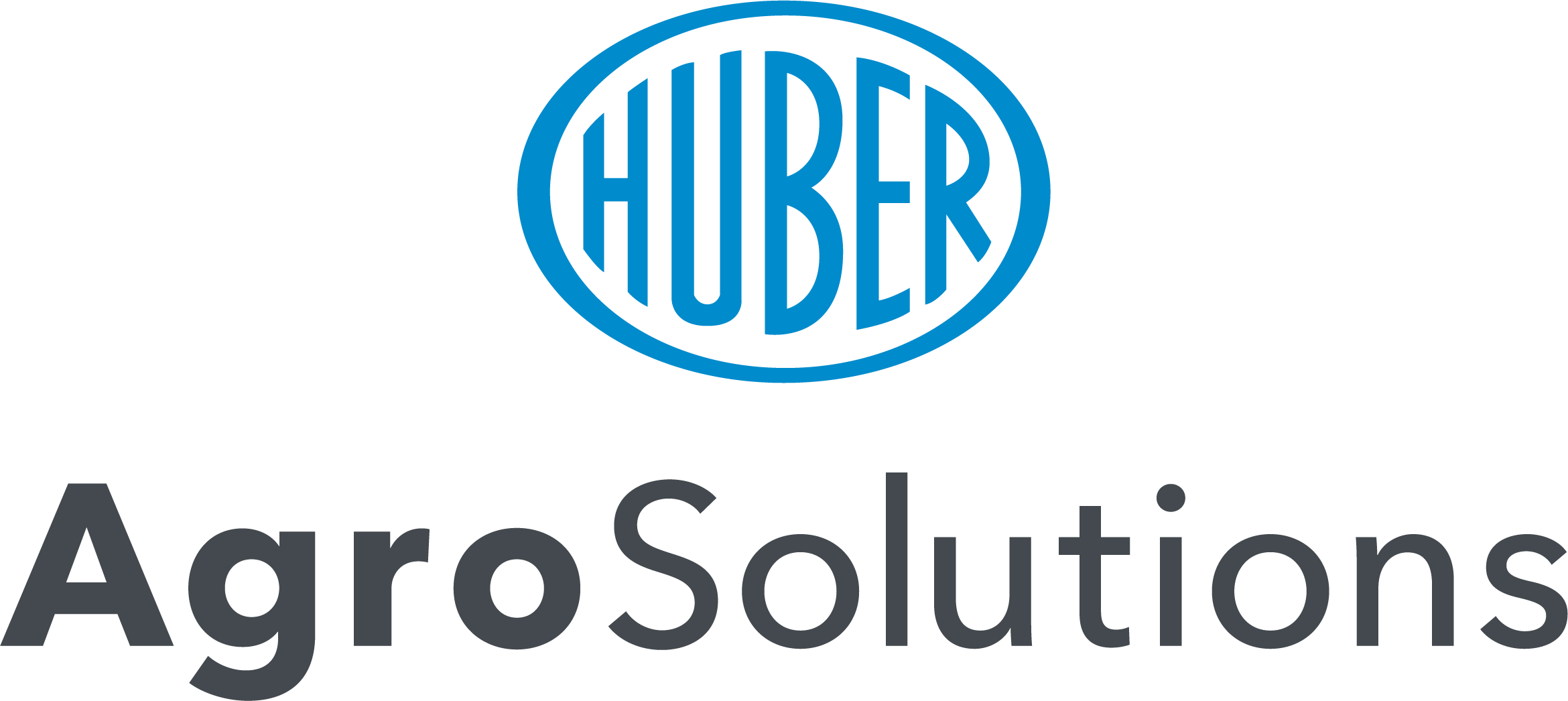PROMOTES VEGETATIVE DEVELOPMENT
Plant tissues develop due to the activity of meristems, which, in ideal conditions, give rise to intense cell multiplicationand division.
In the absence of stress, the formation of plant biomass is optimal, both in leaf development andin the elongation of the sprouts and flower organs responsible for production. That also depends, in addition toclimate and the genetic heritage of plants, on the availability of water and nutrients, especially nitrogen, whichsupports meristems throughout their activity.
ILSAVIVIDA promotes vegetative development by stimulating meristematic activity, which results in sproutelongation and the formation of greater and greener leaf biomass.
ILSAVIVIDA stimulates photosynthetic activityand regulates plant transpiration, limiting stunted growths due to environmental stresses.
ILSAVIVIDA is a formulation based on protein nitrogen, phosphorus, betaines and glycosides, which are fundamentalingredients to foster the overcoming of climate stresses and the development of plant biomass.
It is designed forthe early development stages of fruit crops and the vine, since it stimulates the intensity of metabolic processes andthe transport cycles of plant energy in critical post-growth resumption. It also promotes the optimal developmentof sprouts and flower clusters, which will host the current year’s fruits.
Chemical and physical features
- LIQUID BROWN COLOUR
- pH 2,5 ± 0,5
- DENSITY 1,21 ± 0,02 kg/dm3
- CONDUCTIVITY 2,10 ± 0,20 dS/m
COMPOSITION
-
Total Nitrogen (N) 4 %
- Of which: Organic Nitrogen (N) 1 %
- Ureic Nitrogen (N) 3 %
- Total Phosphorus Pentoxide (P2O5) 8 %
- Organic Carbon (C) 10 %
Contains in particular
- PLANT EXTRACTS WITH HIGH BETAINE CONTENT
Characterising substances
- PROTEIN NITROGEN, HIGHLY ASSIMILABLE PHOSPHORUS, BETAINES, GLYCOSIDES
ACTIONS OF THE CHARACTERISING SUBSTANCES
| PHOTOSYNTHESIS AND REDUCTION OF CHLOROSE | VEGETATIVE DEVELOPMENT | |
|---|---|---|
| HIGHLY ASSIMILABLE PHOSPHORUS |

|

|
| PROTEIN NITROGEN |

|
Doses and methods of use of the fertilizer
-
Citrus
-
All1,5-2 kg/ha2-4 applications every 10-15 days from early vegetative development
-
-
Fruit
-
Kiwi2-2,5 kg/ha2-4 applications every 10-15 days from 10-15 cm sprouts
-
Strawberry in greenhouse2,5-4 kg/ha2-3 applications, every 8-10 days, during the early stages
-
-
GrapeVine
-
All2-2,5 kg/ha2-4 applications every 10-15 days from 10-15 cm sprouts
-
-
Greens and Nurseries
-
Ornamental and Floral Crops100g-100lt waterEvery 10 to 20 days as needed
-
-
Industrial Crops
-
Cotton2-2,5 kg/ha3-4 applications, every 8-10 days, from post-transplanting
-
Flax2-2,5 kg/ha3-4 applications, every 8-10 days, from post-transplanting
-
Hemp2-2,5 kg/ha3-4 applications, every 8-10 days, from post-transplanting
-
Hop2-3 kg/ha2-4 applications every 10-15 days from 10-15 cm sprouts
-
Oil seed rape2-2,5 kg/ha3-4 applications, every 8-10 days, from post-transplanting
-
Peanut2-2,5 kg/ha3-4 applications, every 8-10 days, from post-transplanting
-
Rape2-2,5 kg/ha3-4 applications, every 8-10 days, from post-transplanting
-
Sesame2-2,5 kg/ha3-4 applications, every 8-10 days, from post-transplanting
-
Soy bean2-2,5 kg/ha3-4 applications, every 8-10 days, from post-transplanting
-
Sugar beet2-2,5 kg/ha3-4 applications, every 8-10 days, from post-transplanting
-
Sunflower2-2,5 kg/ha3-4 applications, every 8-10 days, from post-transplanting
-
Tobacco2-2,5 kg/ha3-4 applications, every 8-10 days, from post-transplanting
-
-
Leafy vegetables
-
Artichoke2-2,5 kg/ha2-4 applications every 10-15 days from early vegetative development
-
Lettuce2-2,5 kg/ha2-3 applications, every 4-7 days, in the early stages
-
Lettuce in greenhouse2-2,5 kg/ha2-3 applications, every 4-7 days, in the early stages
-
-
Legumes and potatoes
-
Sweet Potato2,5-4 kg/ha2-3 applications, every 8-10 days, during the early stages
-
-
Olive Tree
-
All1,5-2 kg/ha2-4 applications every 10-15 days from early vegetative development
-
-
Pome fruits
-
Apple2-2,5 kg/ha2-4 applications every 10-15 days from 10-15 cm sprouts
-
Pear2-2,5 kg/ha2-4 applications every 10-15 days from 10-15 cm sprouts
-
-
Stone fruits
-
Apricot2-2,5 kg/ha2-4 applications every 10-15 days from 10-15 cm sprouts
-
Cherry2-2,5 kg/ha2-4 applications every 10-15 days from 10-15 cm sprouts
-
Nectarine2-2,5 kg/ha2-4 applications every 10-15 days from 10-15 cm sprouts
-
Peach2-2,5 kg/ha2-4 applications every 10-15 days from 10-15 cm sprouts
-
Plum2-2,5 kg/ha2-4 applications every 10-15 days from 10-15 cm sprouts
-
-
Vegetables
-
Asparagus2-3 kg/ha2-3 applications, every 4-7 days, from early shoot emergence
-
Brussels sprouts2-2,5 kg/ha3-4 applications, every 8-10 days, from post-transplanting
-
Cauliflower2-2,5 kg/ha3-4 applications, every 8-10 days, from post-transplanting
-
Courgette2,5-4 kg/ha2-3 applications, every 8-10 days, during the early stages
-
Courgette in greenhouse2,5-4 kg/ha2-3 applications, every 8-10 days, during the early stages
-
Cucumber / Gherkin2,5-4 kg/ha2-3 applications, every 8-10 days, during the early stages
-
Eggplant2,5-4 kg/ha2-3 applications, every 8-10 days, during the early stages
-
Eggplant in greenhouse2,5-4 kg/ha2-3 applications, every 8-10 days, during the early stages
-
Fennel2-2,5 kg/ha3-4 applications, every 8-10 days, from post-transplanting
-
Melon2,5-4 kg/ha2-3 applications, every 8-10 days, during the early stages
-
Melon in greenhouse2,5-4 kg/ha2-3 applications, every 8-10 days, during the early stages
-
Pepper2,5-4 kg/ha2-3 applications, every 8-10 days, during the early stages
-
Pepper in greenhouse2,5-4 kg/ha2-3 applications, every 8-10 days, during the early stages
-
Processing Tomato2,5-4 kg/ha2-3 applications, every 8-10 days, during the early stages
-
Savoy Cabbage2-2,5 kg/ha3-4 applications, every 8-10 days, from post-transplanting
-
Spring Cabbage2-2,5 kg/ha3-4 applications, every 8-10 days, from post-transplanting
-
Strawberry2,5-4 kg/ha2-3 applications, every 8-10 days, during the early stages
-
Tomato2,5-4 kg/ha2-3 applications, every 8-10 days, during the early stages
-
The dose indicated in the table has been calculated by taking into account an irrigation volume of about 500-600 litres of water per application. The doses shown should be considered as merely indicative and may vary according to pedoclimatic conditions and average yields expected.
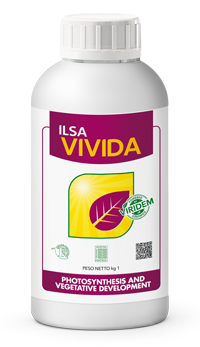









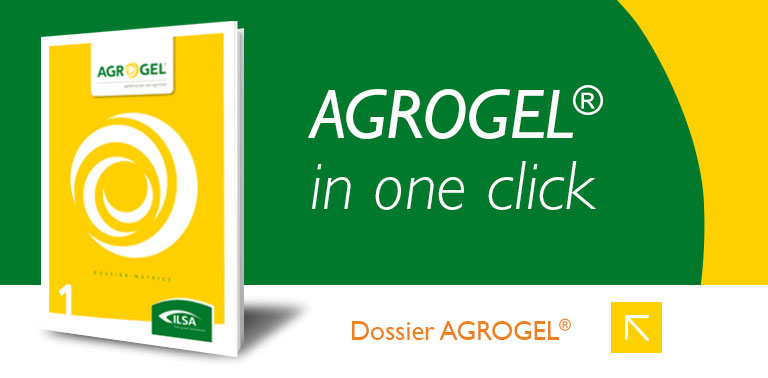
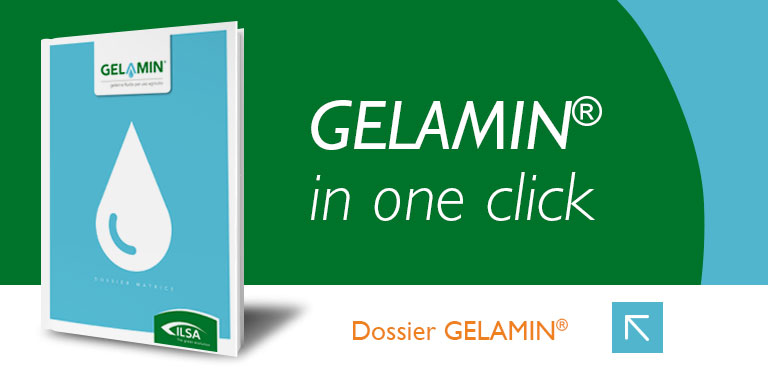
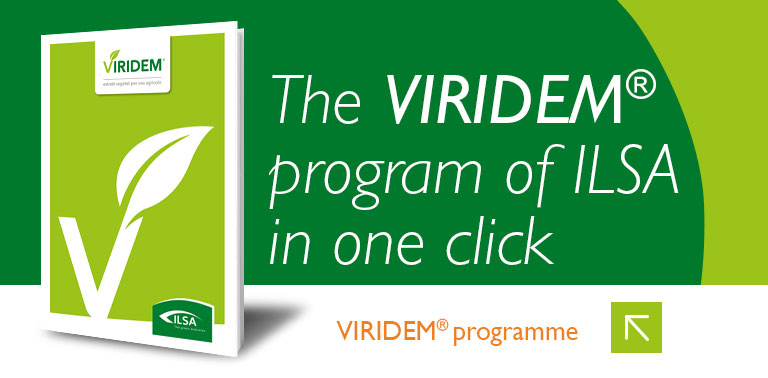
.png)
















